How to Write Interactive Questions
Problem-Attic makes it easy to write interactive questions, modify those already in the database, and give new life to older questions by making them interactive.
This page shows various question types and offers up hints for using the editor. As you scroll down, you’ll see references to a document containing 28 interactive questions. These cover American History, specifically the Revolutionary War period. (Math teachers: don’t worry, we snuck in some questions which involve proportional reasoning and whose answers make use of the numeric keypad.)
We created the document so you could learn editing techniques with real examples. You can open it in Problem-Attic, make changes, and turn it into a PDF, slideshow or online test. Here it is in three forms:
-
Problem-Attic document
Click the link and you’ll get a copy of the document in your account. (You’ll need to log in if you haven’t already.) -
PDF file
Download the file or open it your browser to see what the interactive questions will look like when printed. -
Online test
Click the link and the questions will be live! You can answer them and see your score, just like a student taking the test.
If you want to see many more examples of interactive questions, for mathematics in particular, please follow this link. Or go to the Help menu in Problem-Attic and choose “Question types”.
Please note: Editing is a subscription option in Problem-Attic. If your school doesn’t subscribe, you can go to the Play Area and try the editor. It’s fully-functional, and the sample database has plenty of interactive question types to work with.
Editor - The Basics
One of the best introductions to the Problem-Attic editor is the 3½-minute video on the right. It shows the basic techniques for writing four question types: multiple-choice, multi-select, ordering, and drag-and-drop.
If you watch the video, you’ll learn something important: Problem-Attic does not require you to specify the type of question you’re going to write, or force you to work with a template. Instead, the type of question is determined implicitly by what you write, how you style it, and the properties that you set.
Why is that important? First, templates lock you in to a certain type of question. That’s why, in most testing programs, the only way to change a question is to start over, With Problem-Attic, you can make whatever changes you like. For example, with minimal re-writing, you can modernize almost any older multiple choice question and turn it into a higher-level, interactive type.
Second, question-writing is much faster with styles than with a template. And the writing is more natural—you’ll already be familiar with many of the techniques. When writing items for a drag-and-drop question, for example, you’ll start each item on a new line, highlight them all, and apply a style, just like you would for a numbered or bulleted list in a word processor.
Another important point about the editor is that formatting of a question is delayed until you save it, preview it, or add it to document. This is for maximum flexibility. After all, when you’re writing a question, Problem-Attic doesn’t know—and you may not yet know—if it will be included in a PDF document, a slideshow or online test, or exported to an LMS or a Google Quiz.
For the above reasons, you shouldn’t expect to see a question in its final form while you’re writing it. In many ways, this is a good thing, because your focus can be on the content of a question, not the layout. You can assume Problem-Attic will work its magic after you add the question to a document and do any fine-tuning you want through the Arrange tab (Details) or Format tab.
Writing Techniques
So far we’ve used the word “style” somewhat loosely. For most lists, you will, in fact, apply a style. This is true for multiple-choice, multi-select, ordering, and draggable items. Regardless of whether they’re single words, sentences, pictures, or math formulas, the technique is the same: you’ll highlight the list, go to the Answer types menu, and choose the appropriate style. Each item will be given a temporary label (i.e., a letter), and the list will be color-coded for the type of question you’re writing. At any time, if you want to change the question, you can go back and apply a different style.
For more details about ordering, drag-and-drop, and drop-down menus, which all involve lists, see this help page.
In addition to lists, there are a few other ways to communicate to Problem-Attic what kind of interactivity you want. Amazingly, you can write more than 20 types of interactive questions with just a handful of techniques. Here's a quick summary:
-
To put interactive elements on top of an image, start in the normal way, by inserting the image into your question. Then you right-click it and choose Interactive Fields to add answer spaces, clickable areas (also known as “hot spots”) and drop zones. The drop zones will go with a list of draggable items.
-
A table is a fast and convenient way to organize the elements of an interactive question. In fact, it’s your gateway for doing Column Match, Dot Connect, Associative Tables (“grid match arrays”) and drag-and-drop cells. After creating the table, right-click it and choose Table Properties, then go to the Interactive tab. You’ll see how the elements can be automatically re-formatted to produce an interactive question.
Note: for Column Match and Dot Connect, your table should be created with two columns only.
-
The Answer types menu has an option called “Answer Field”. Technically, this isn’t a style. It’s an object you can insert any place where a student should type an answer. In fact, a question can have multiple answer fields, and for each you can set input restrictions. For example, you can limit what a student types to a number or to one letter or digit.
Note: for numeric answer fields, Problem-Attic gives you an option to turn on a virtual math keyboard.
-
Problem-Attic supports not only hot text, but also hot spots anywhere in a question. First, you highlight some portion of your question and apply the style called “Clickable Group”. Then you mark words, sentences, images, or almost anything else inside of the group as “clickable objects”. A clickable group has various properties, including multi-select, appearance, and action. The action is what students see when clicking on an object, such as a checkmark, border, shading, or filled-in color.
Hints and Guidelines
Before we get into the specifics for each question type, here are some general hints and guidelines:
- Don’t hard-code labels when typing a list of items. Problem-Attic adds labels automatically. Also, for draggable items, there’s an option called lettered tabs. This is a special type of label which is useful for dropzones where space is limited, such as on top of images.
- Don’t over-format your questions. Generally, it’s not necessary to indent or change paragraph alignment for any interactive elements. If you apply the right styles and communicate to Problem-Attic what you’re doing, it will take over and make your questions look good. Definitely don’t try to push things over or separate elements by pressing the spacebar multiple times.
- On the Arrange tab, there are two ways to preview a question as you write it. First, in Edit Mode you can click the Preview button below the editor to see what the question looks like on an online test. Second, you can go back and forth between Edit and Details mode to see a question “thumbnail”. (If you have unsaved work, Problem-Attic will warn you when you switch modes.)
- All interactive objects (Answer Fields, Clickable Groups, etc.) have a Properties dialog. You can reach it by right-clicking on the object and choosing Properties from the pop-up menu. In the dialog, you’ll see ways to control the behavior and appearance of the object and, in some cases, enter an answer.
- For all types of interactive questions, you indicate the correct answer on the Stem tab of the editor. This is done in various ways, often by typing letters or asterisks. For some interactive types, like re-ordering, you’ll go to the Properties dialog and type a sequence of letters. The main point: there is no reason to go to the Answer tab; it’s for free-response, multi-part and essay-type questions only.
- At present, you’re not allowed to mix interactive behaviors within a single question. That is, you can create only one type of question at a time. Most elements, like a list of draggable items, can be used only once. These elements can be repeated in the same question: Answer Fields, Drop-Down Menus and Clickable Objects (within the same Clickable Group).
Interactive Question Types
This section shows examples of our supported interactive question types. For each question type we’ve included:
- A thumbnail preview, which is close to how the question will appear when printed.
- A screenshot of the editor, to show what the question looks like when it’s being written or revised.
- A video showing the question “live” on a Problem-Attic online test.
Multiple Choice
Thumbnail Preview

Example Video
Editor Preview
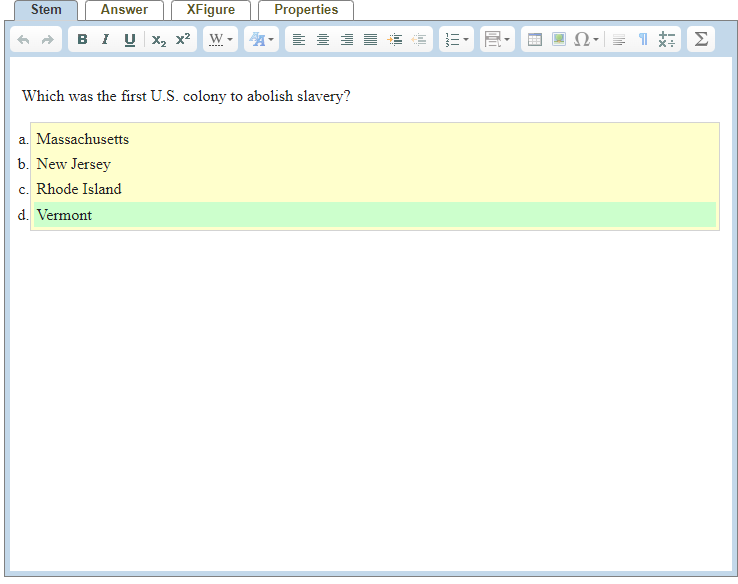
Multi-select
Thumbnail Preview

Example Video
Editor Preview
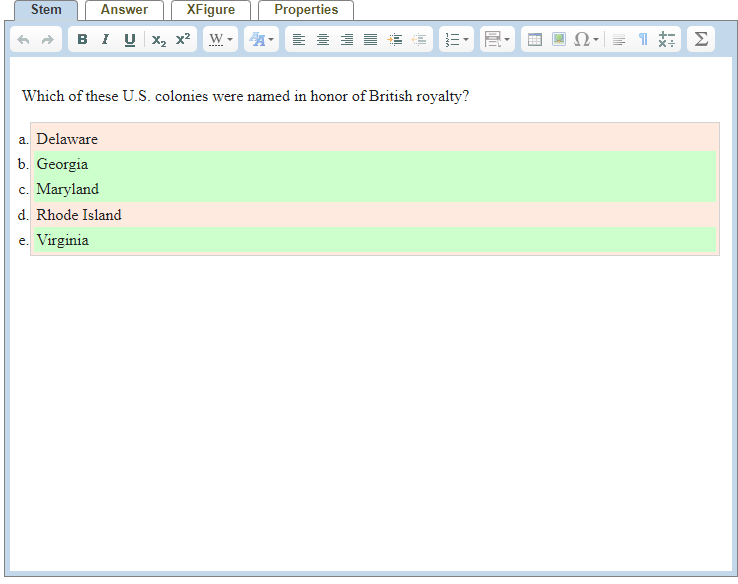
Multi-select
Thumbnail Preview

Example Video
Editor Preview
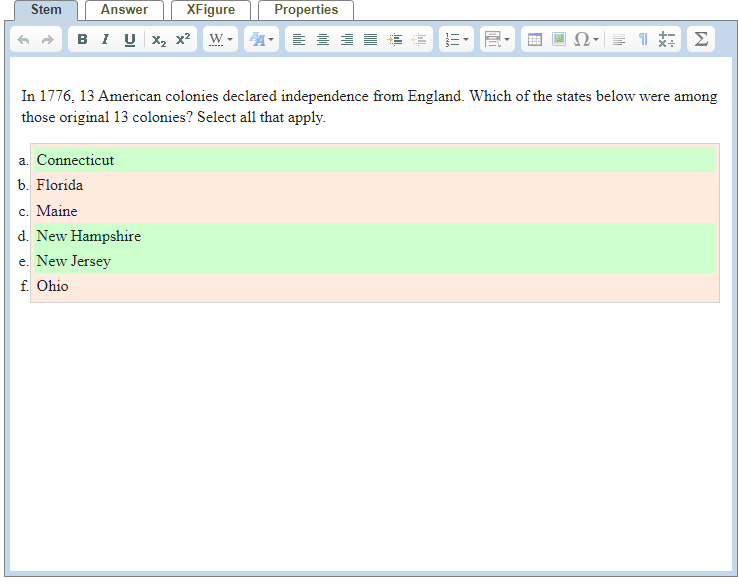
Ordering
Thumbnail Preview

Example Video
Editor Preview
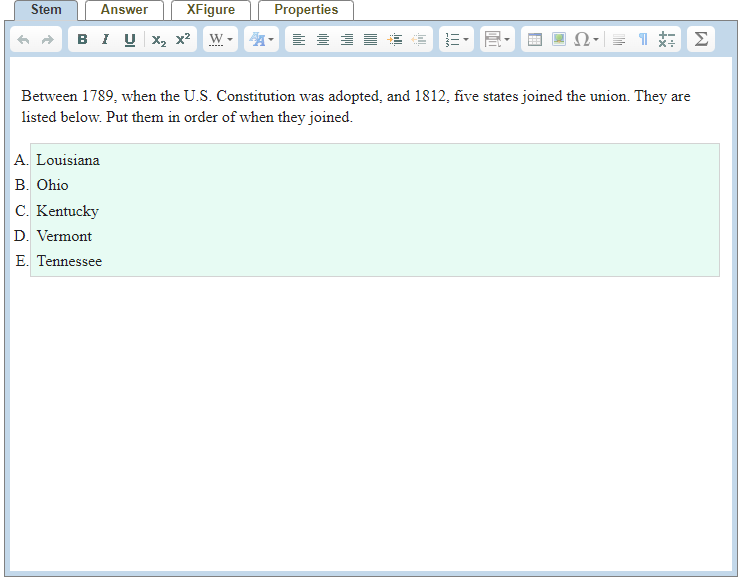
Dot Connect
Thumbnail Preview
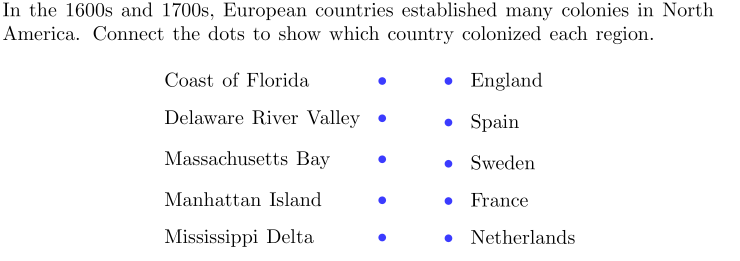
Example Video
Editor Preview
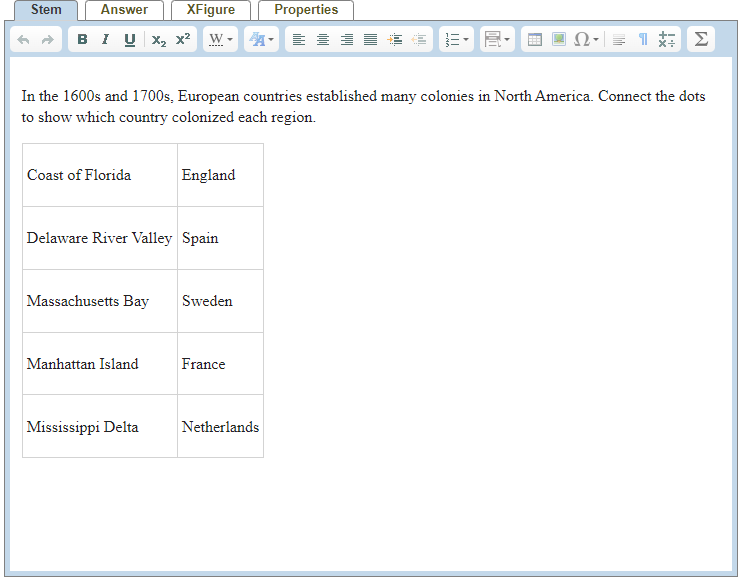
Column Match: Drag and Drop
Thumbnail Preview
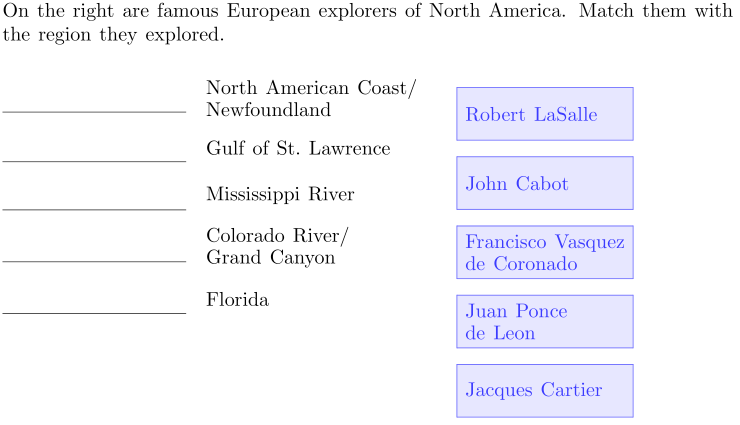
Example Video
Editor Preview
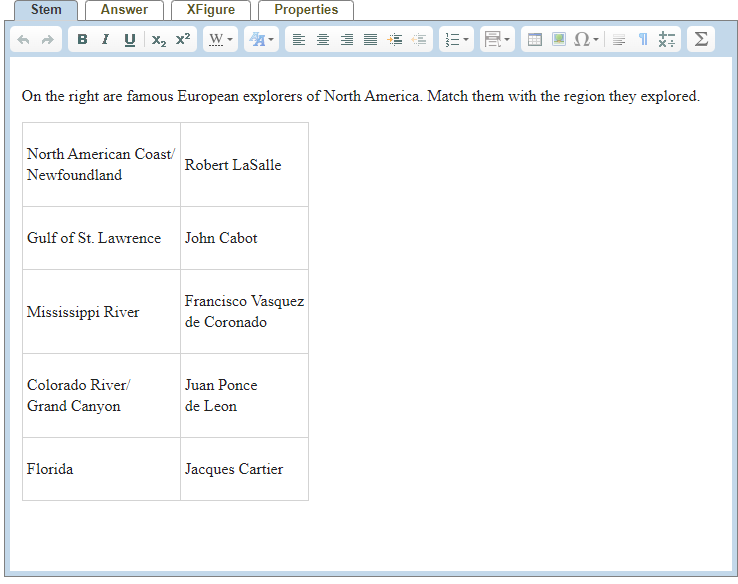
Column Match: Drag and Drop
Thumbnail Preview
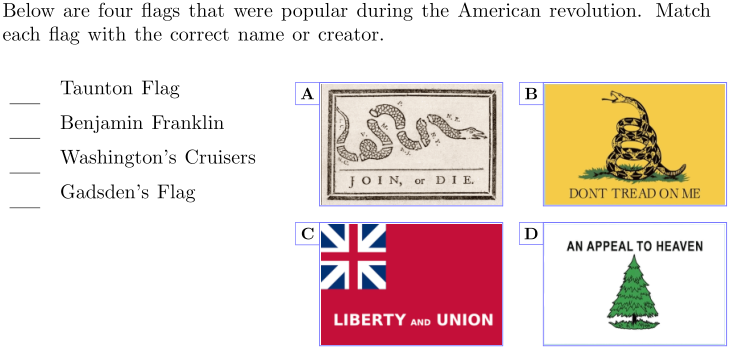
Example Video
Editor Preview
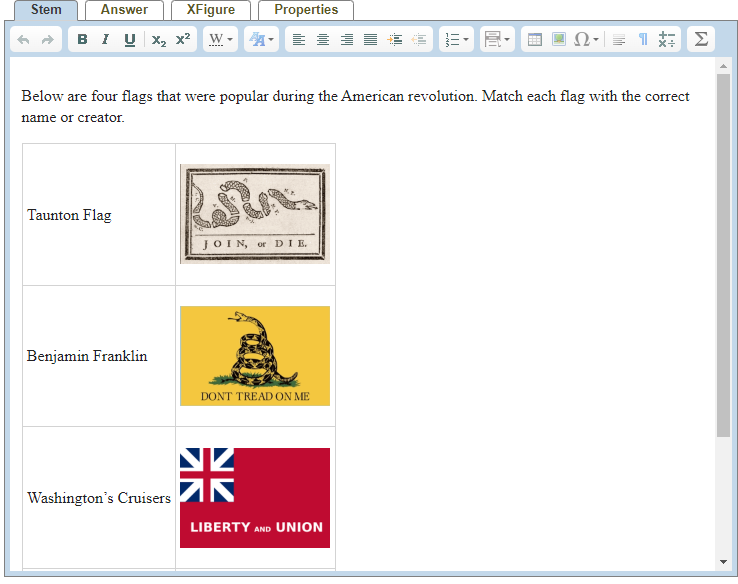
Column Match: Menus
Thumbnail Preview
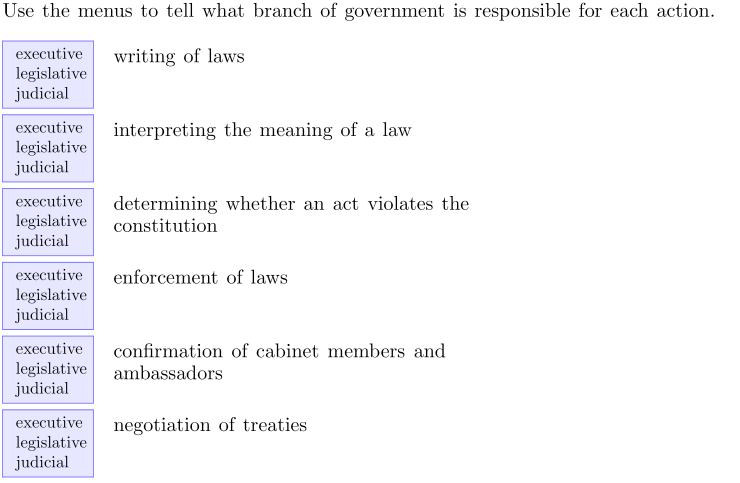
Example Video
Editor Preview
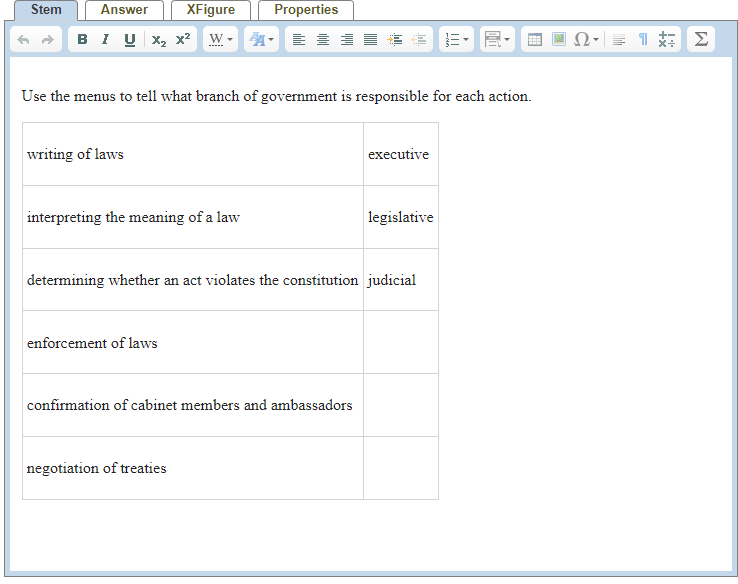
Column Match: labels
Thumbnail Preview
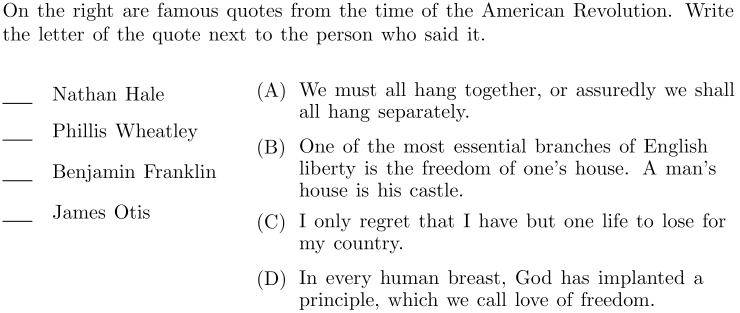
Example Video
Editor Preview
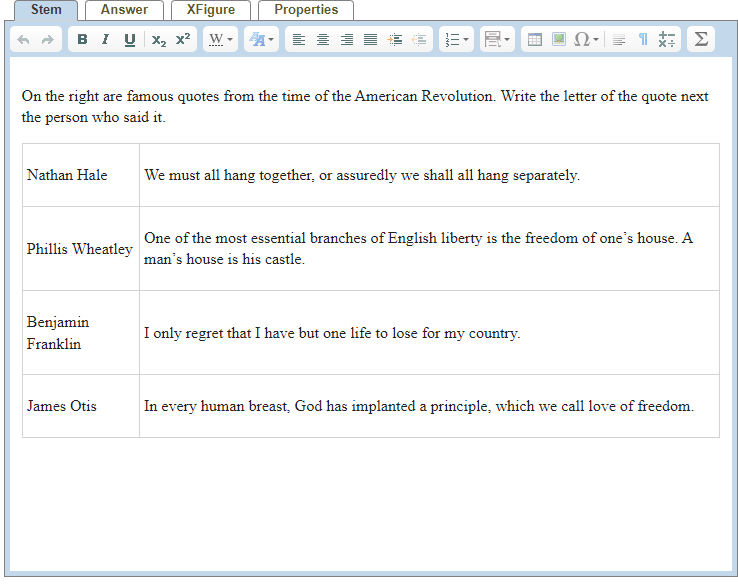
Associative Table (Grid Match), checkboxes
Thumbnail Preview
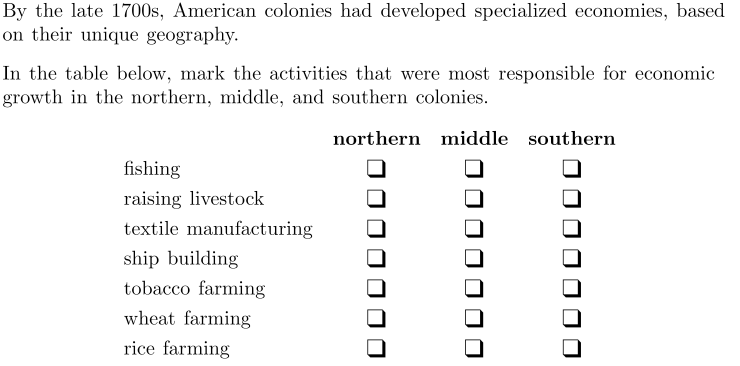
Example Video
Editor Preview
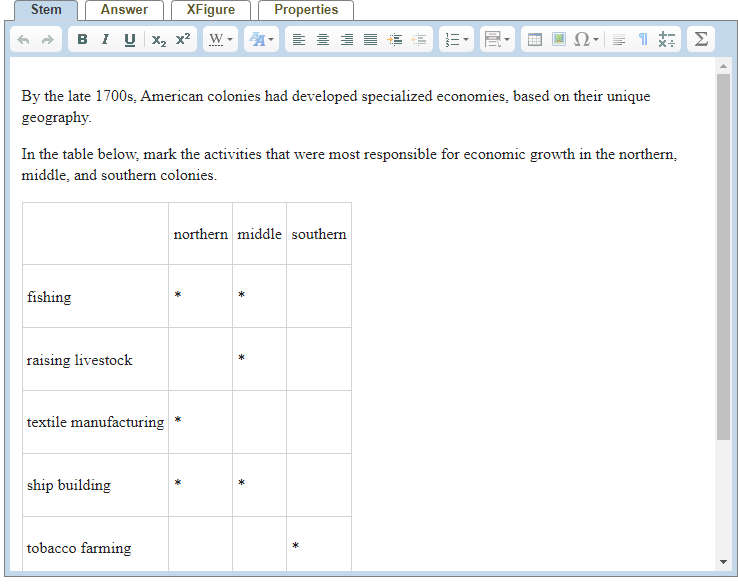
Associative Table (Grid Match), radio buttons
Thumbnail Preview
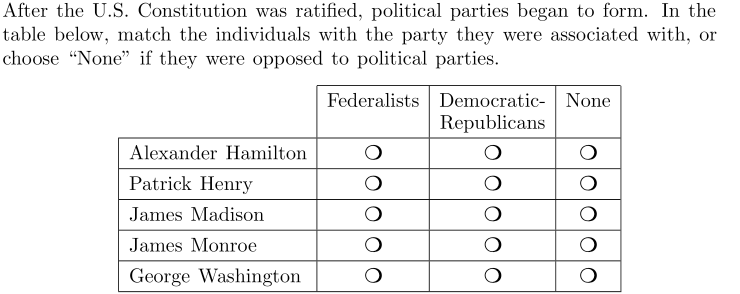
Example Video
Editor Preview
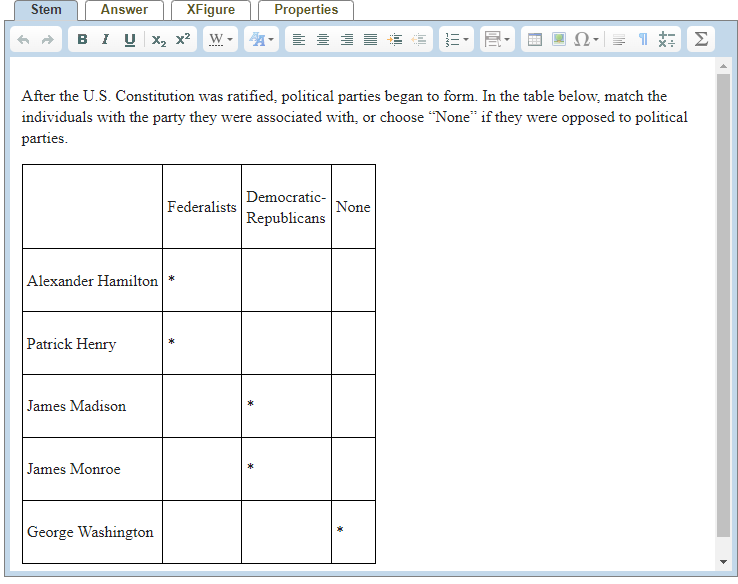
Drag and Drop
Thumbnail Preview
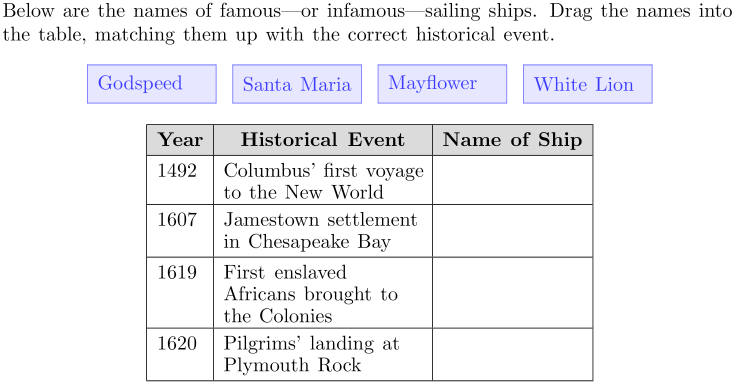
Example Video
Editor Preview
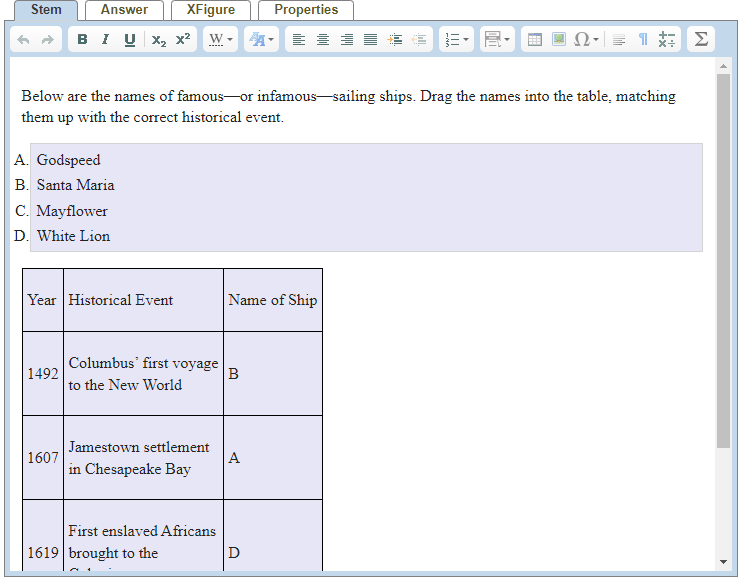
Drag and Drop
Thumbnail Preview
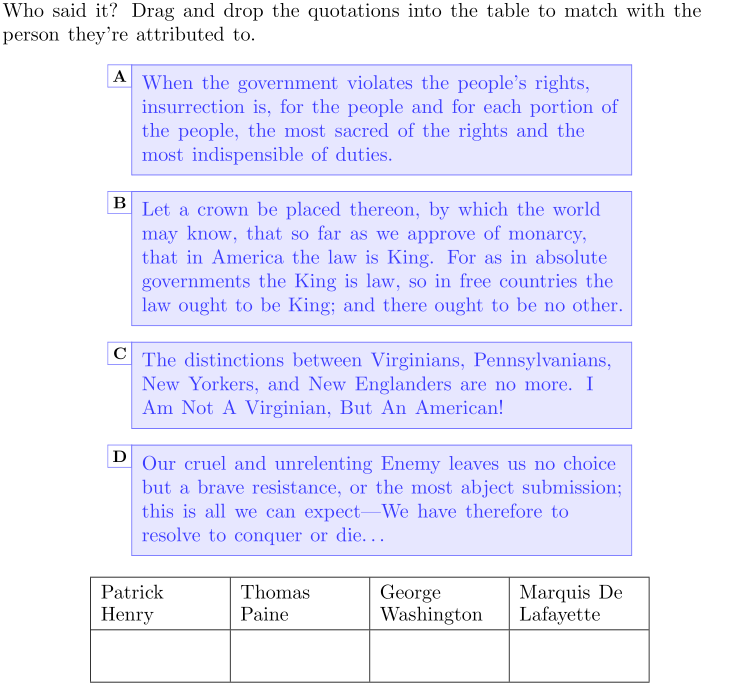
Example Video
Editor Preview
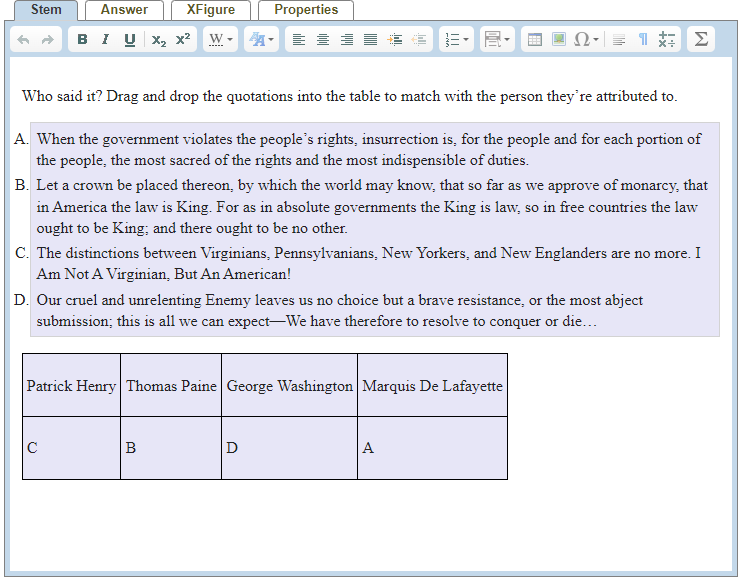
Drag and Drop
Thumbnail Preview
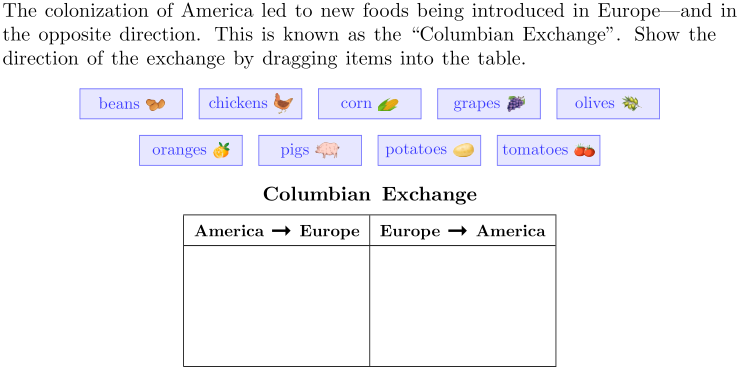
Example Video
Editor Preview
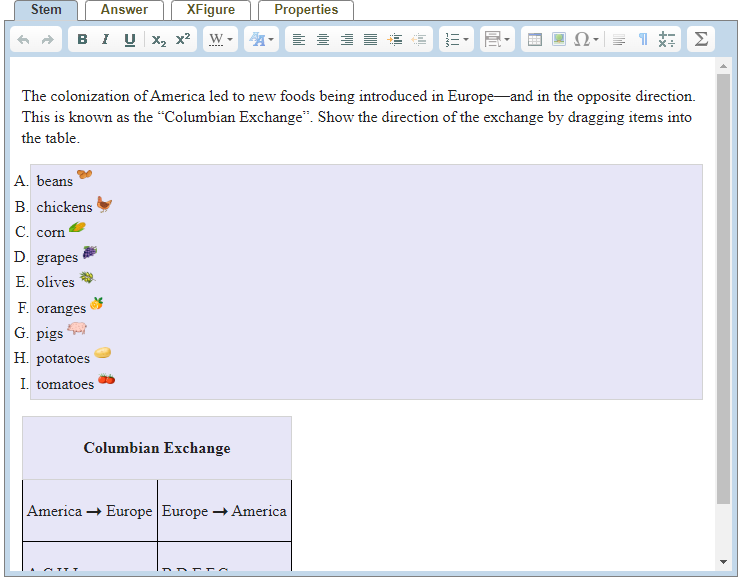
Drag and Drop
Thumbnail Preview
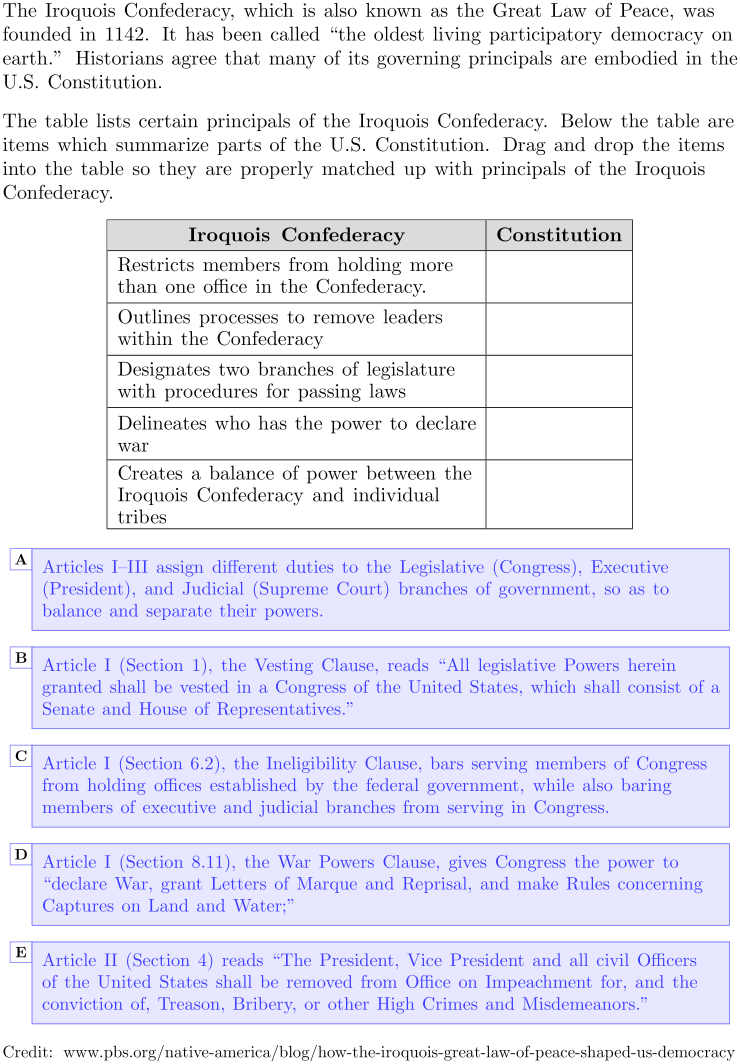
Example Video
Editor Preview
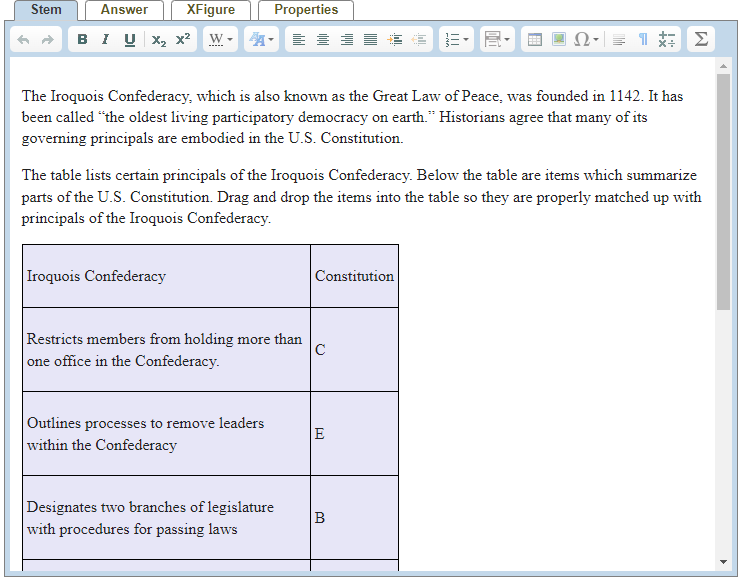
Drag and Drop
Thumbnail Preview
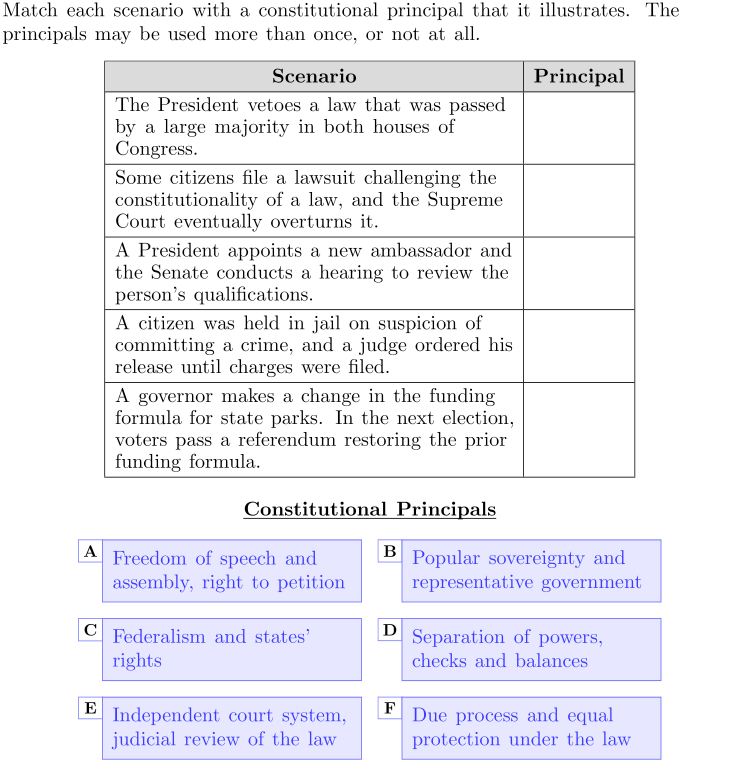
Example Video
Editor Preview
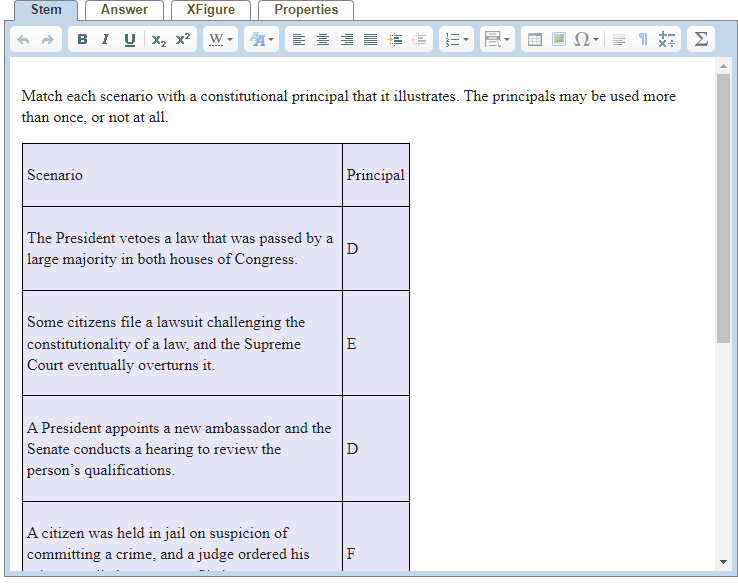
Drag and Drop: Pictograph
Thumbnail Preview
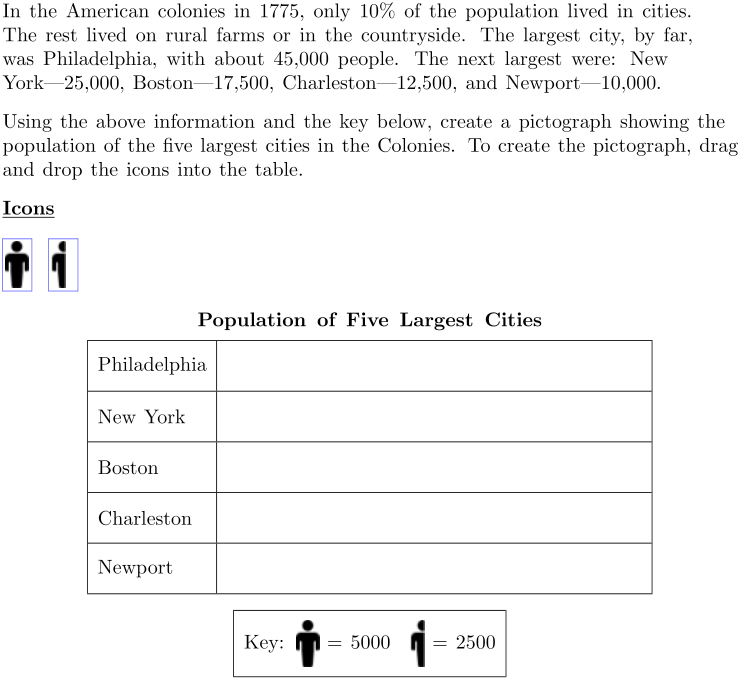
Example Video
Editor Preview
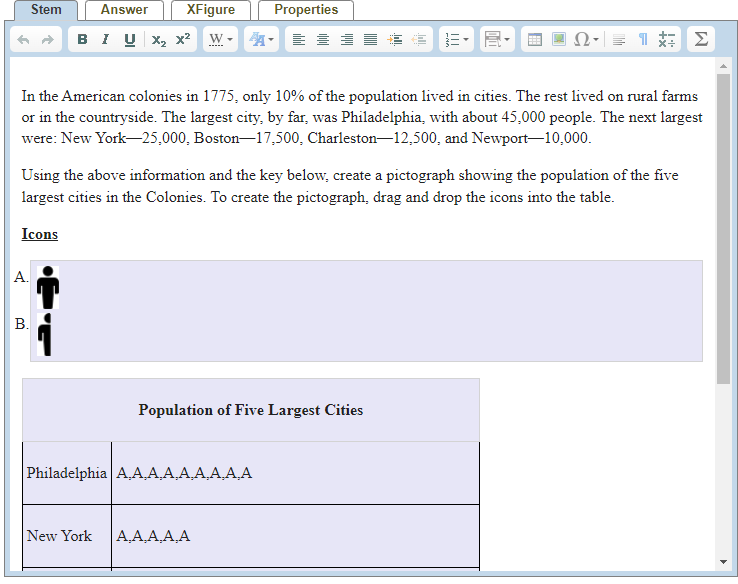
Overlay: Clickable
Thumbnail Preview
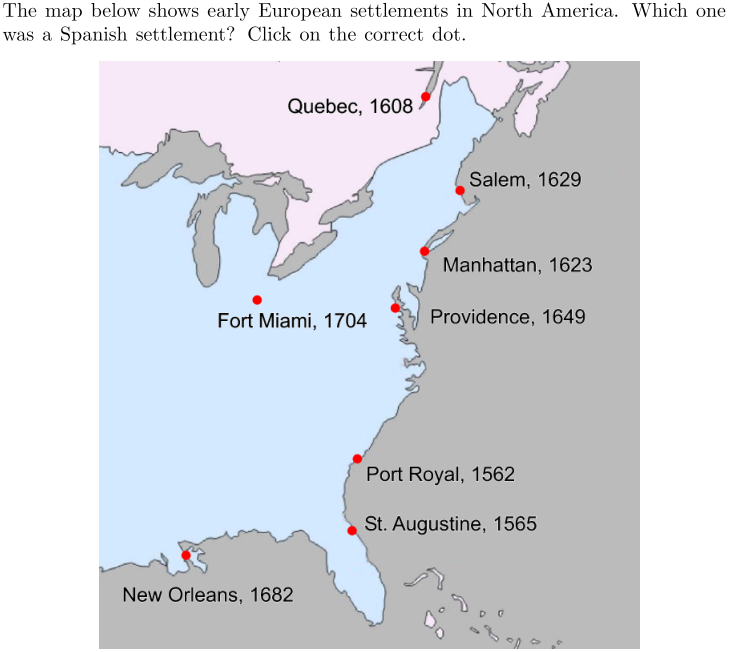
Example Video
Editor Preview
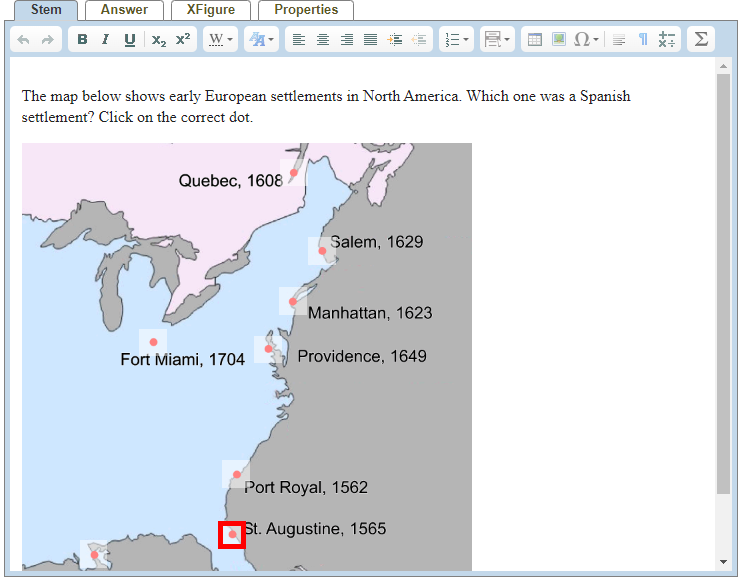
Overlay: Clickable
Thumbnail Preview
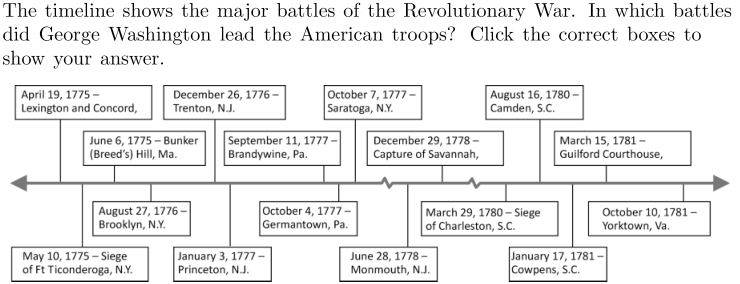
Example Video
Editor Preview
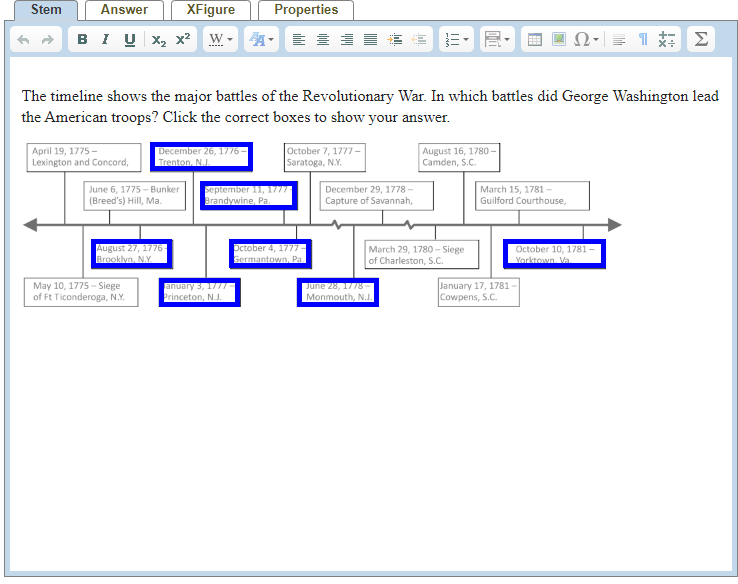
Overlay: Drag and Drop
Thumbnail Preview
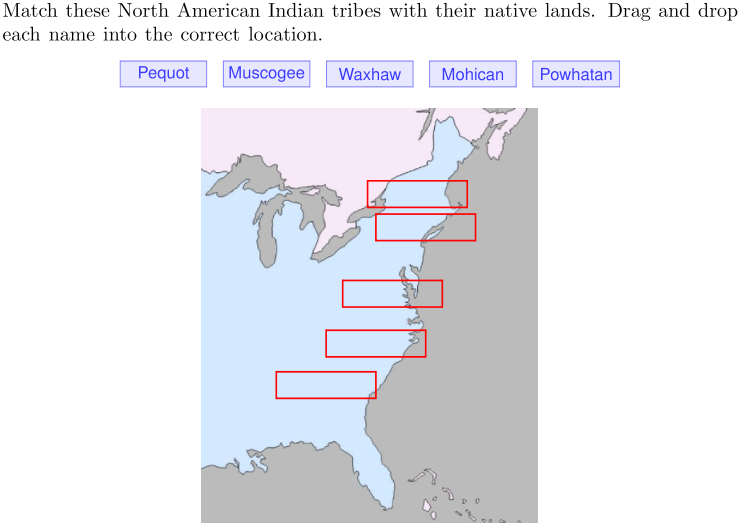
Example Video
Editor Preview
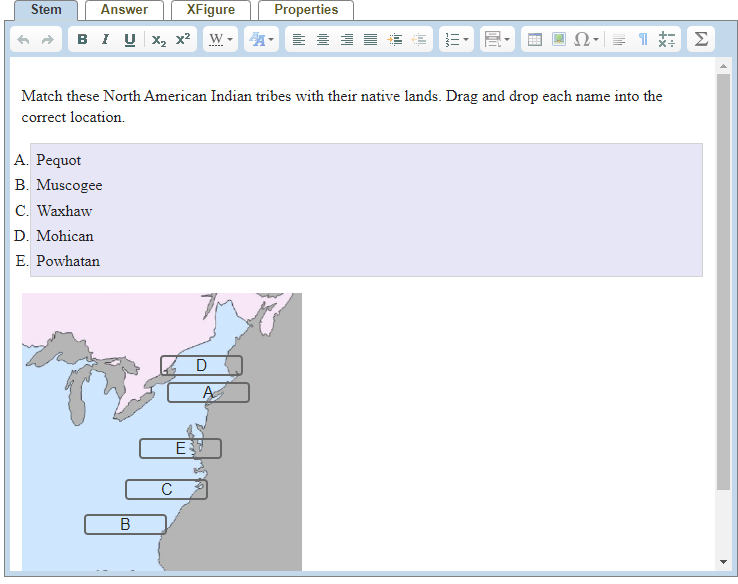
Overlay: Drag and Drop
Thumbnail Preview
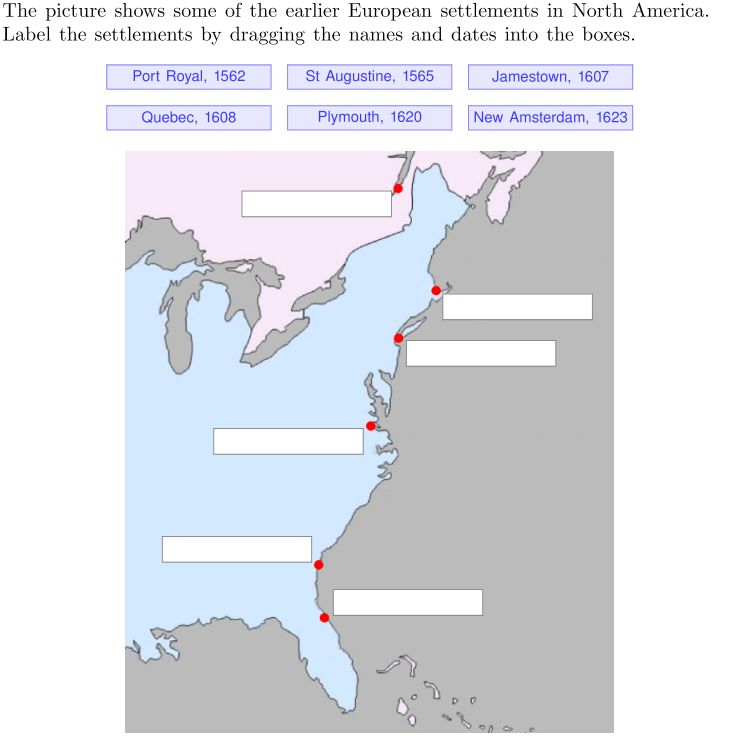
Example Video
Editor Preview
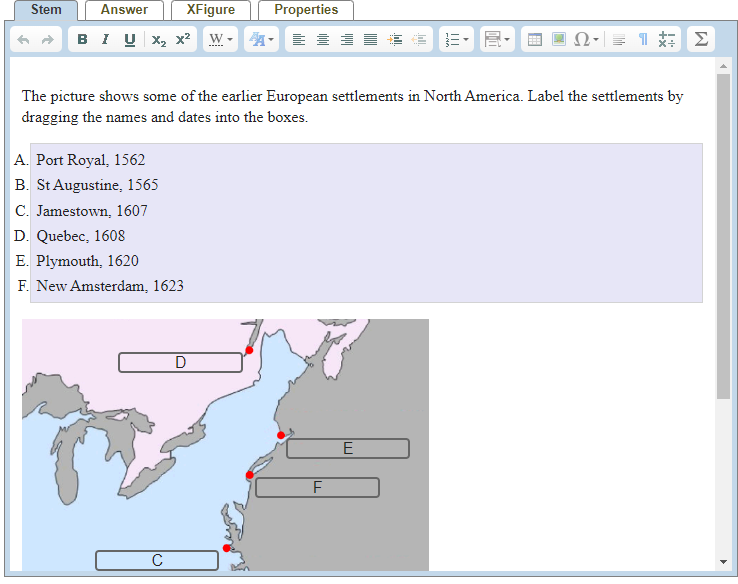
Overlay: Answer Fields
Thumbnail Preview
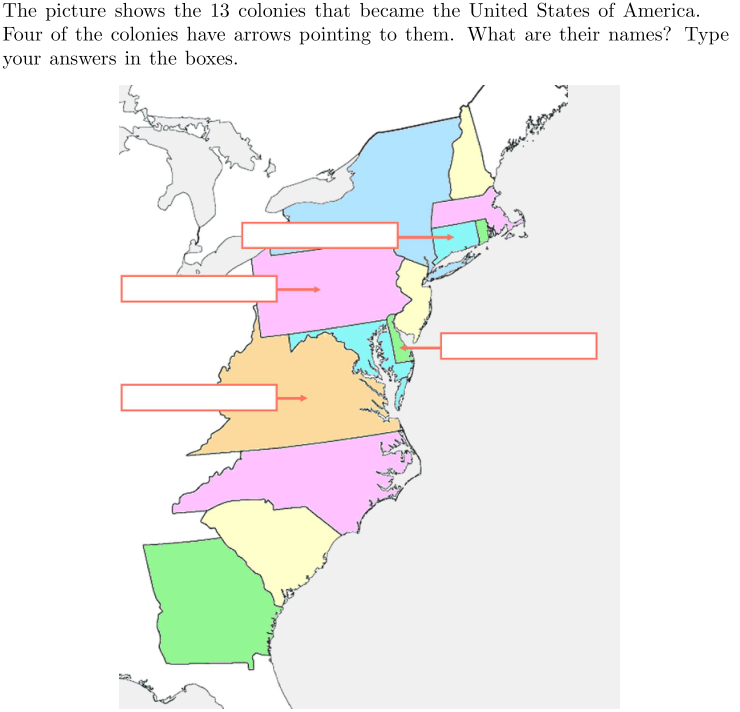
Example Video
Editor Preview
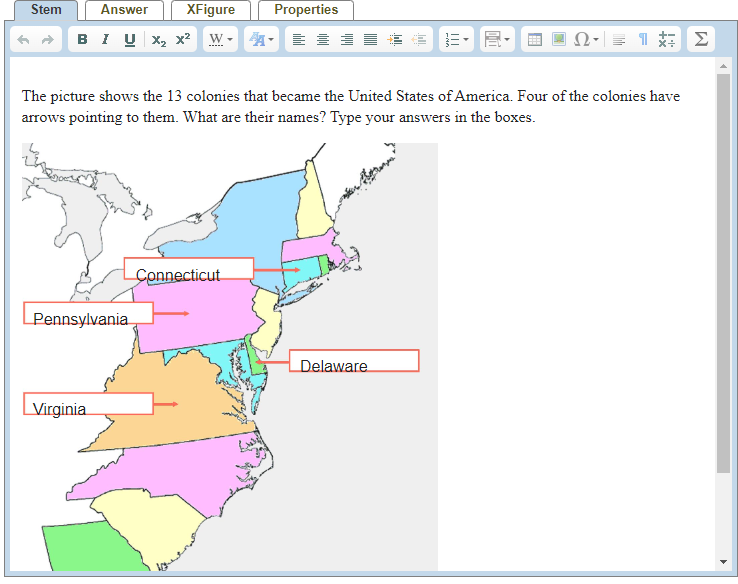
Overlay: Bar Chart
Thumbnail Preview
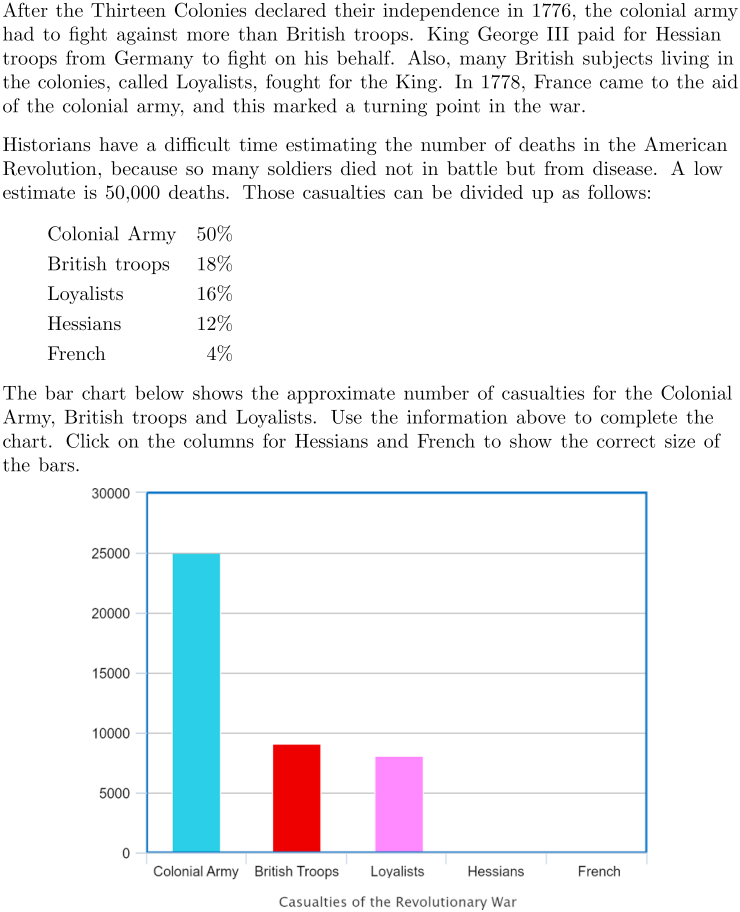
Example Video
Editor Preview
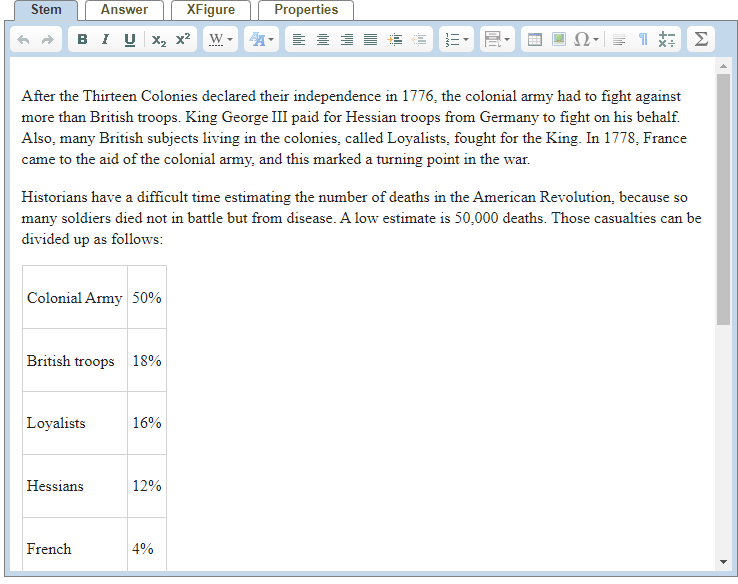
Hot Text: Words
Thumbnail Preview
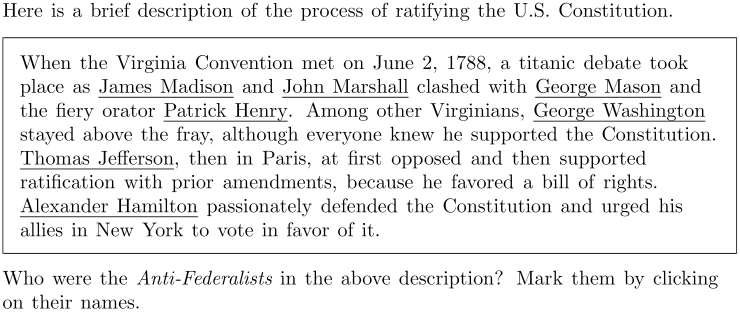
Example Video
Editor Preview
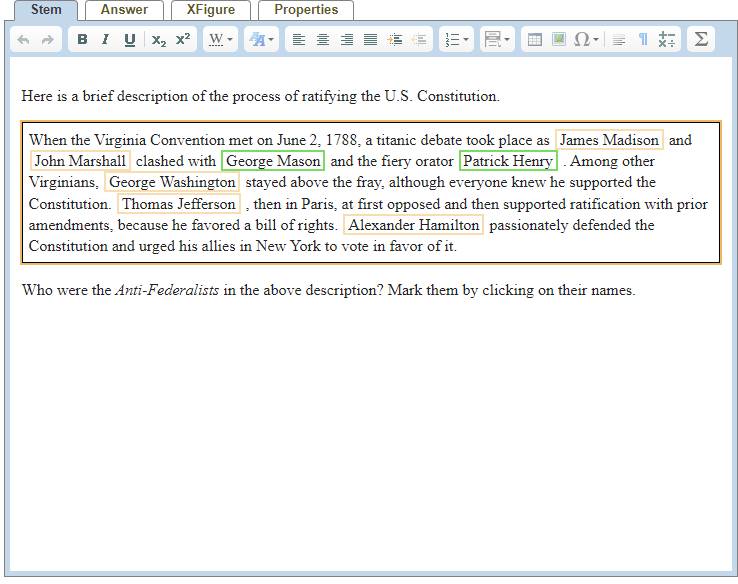
Hot Text: Sentences
Thumbnail Preview

Example Video
Editor Preview
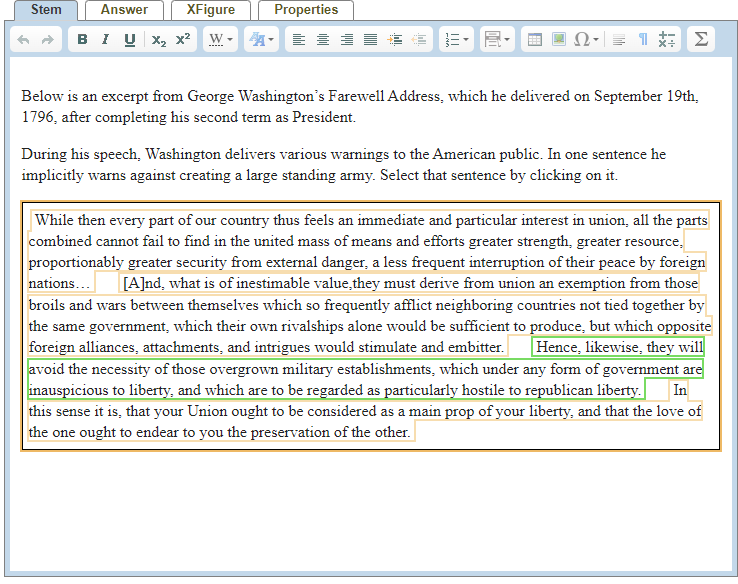
Hot Text: Items
Thumbnail Preview
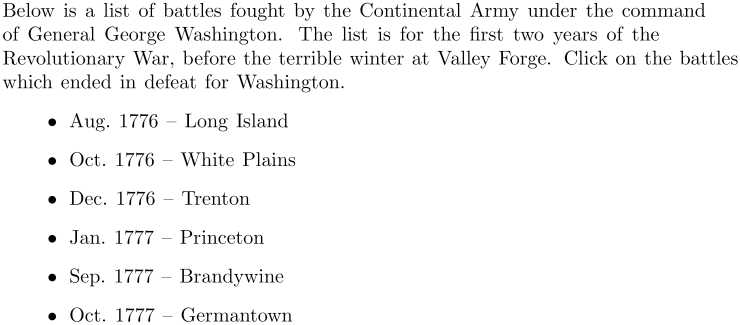
Example Video
Editor Preview
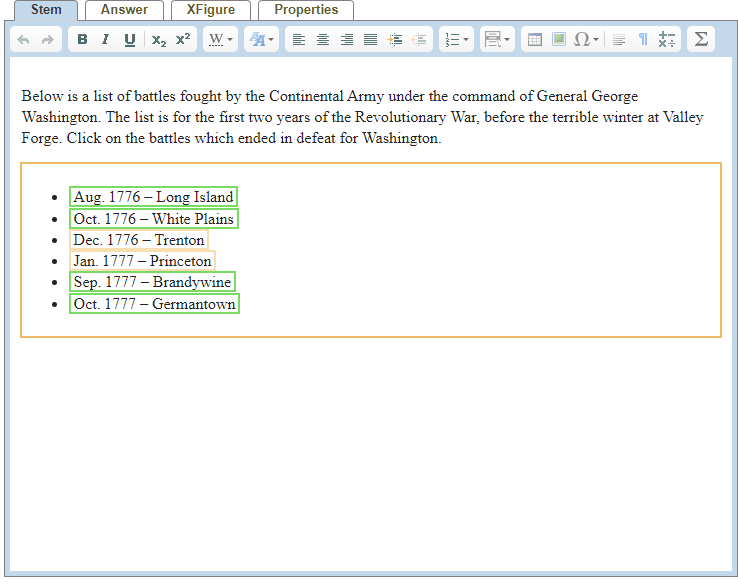
Answer Fields: Numbers
Thumbnail Preview
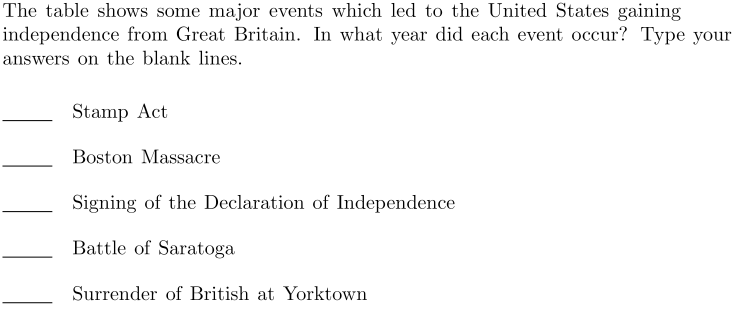
Example Video
Editor Preview
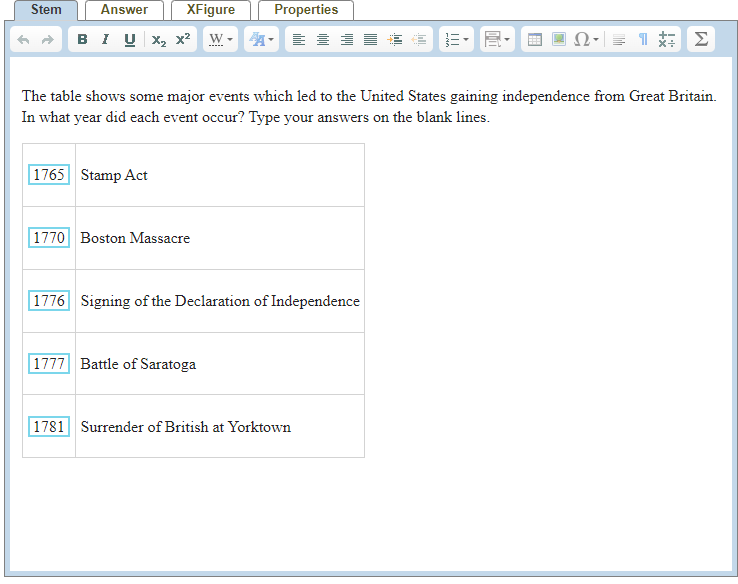
Answer Fields: Decimals
Thumbnail Preview
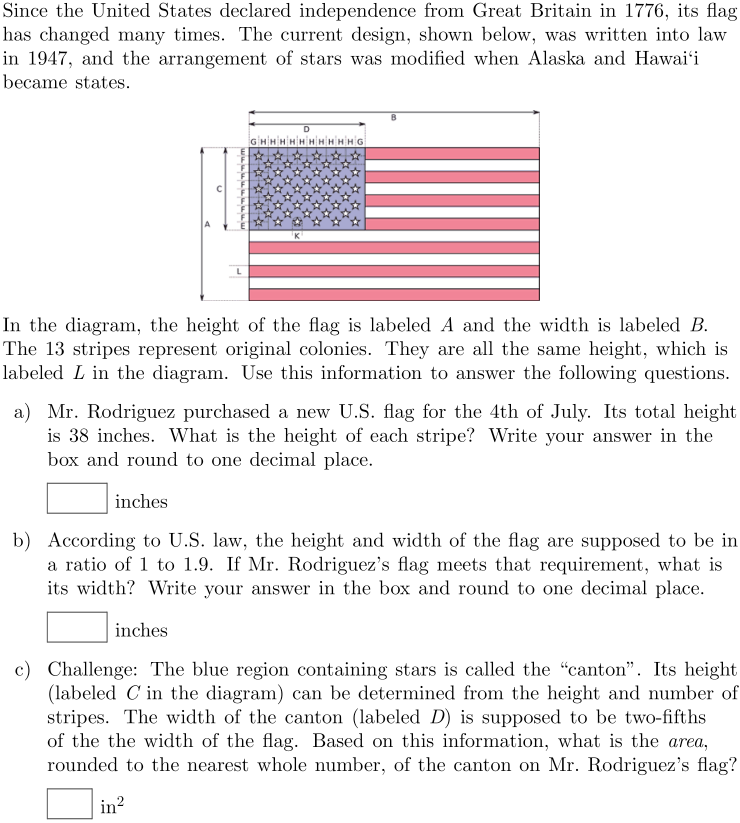
Example Video
Editor Preview
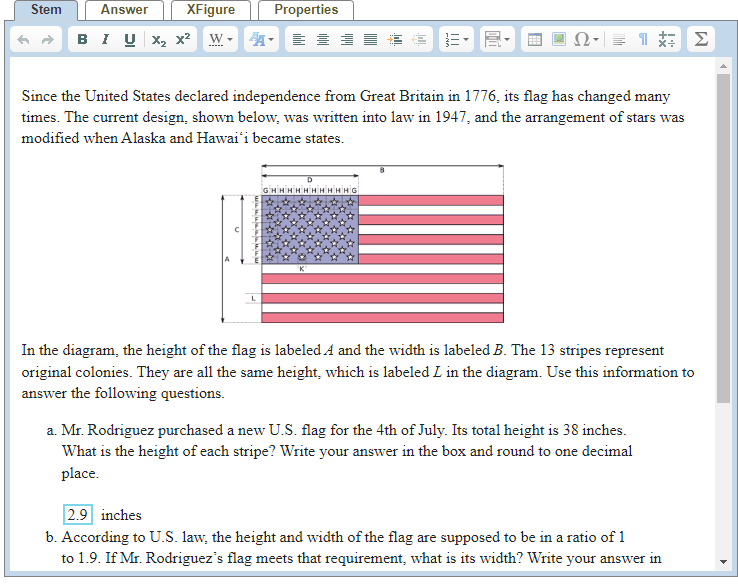
We hope you like using Problem-Attic’s editor. Please contact us if you need any assistance or would like to provide feedback. Thank you!